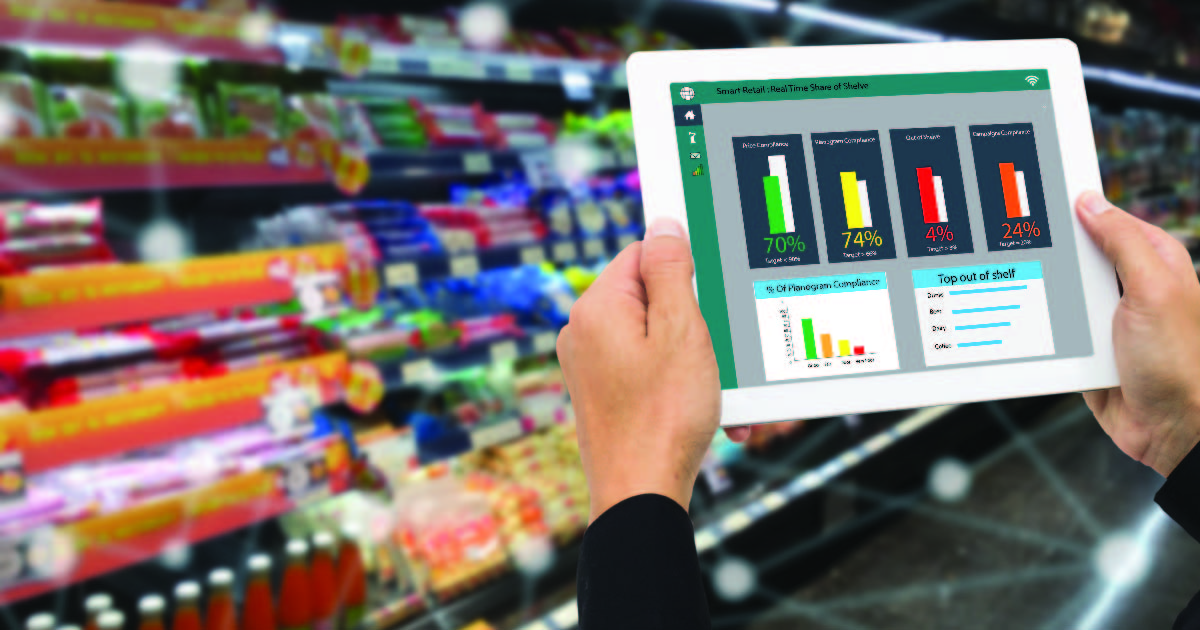How Retail Consolidation Creates Opportunities
Posted: 07/19/2021 | Author: Jim Lochner for Creatives On Call | Tags: Thought Leadership

Let’s face it, running a retail business is challenging. Maintaining inventory levels, optimizing order quantities, ensuring your products are delivered on time—a disruption can be devastating for business. Remember 2020? Supply chains broke down, everyday products disappeared from store shelves (both IRL and online), and retailers of all sizes shut down entirely or restructured their operations. One restructuring solution is a retail consolidation program.
Retailers often need multiple less-than-truckload (LTL) shipments, which are expensive to deliver separately and often lead to delays. A retail consolidation program combines freight from several suppliers into a single shipment to send to a retailer, helping with retail compliance and increasing productivity. Retail consolidation optimizes inventory and combines shipments, leading to improved savings, reliability, and visibility while helping to meet consumer demand and any retailer compliance programs. Retailers also can improve efficiency, lower inventories, focus on an omnichannel approach, and respond most effectively to consumer demands. This benefits both vendors and retailers.
• Improved delivery speed and on-time delivery performance. A consistent delivery schedule and the combination of freight eliminates delivery delays and brings an overall improvement to the entire supply chain.
• Connectivity across all supply chain partners. From manufacturers and suppliers to transportation providers, the consolidator, and retailers, a retail consolidation program improves visibility and connectivity throughout the supply chain, reducing stock and inventory issues and eliminating delivery delays.
• Save on costs. The compliance program improves shipment performance, mitigating the risks of delays, lost sales, and all the costs involved with these disruptions. Consolidating multiple LTL shipments or low-volume truckload freight also eliminates transportation spends.
• Data collection. Retail consolidation provides companies with valuable metrics to gauge performance, which leads to fewer missed delivery appointments and reduced out-of-stock incidents.
Retail consolidation among the major players
Let’s say Retailer A utilizes a retail consolidation program. They’ve got control over their products, shipments are arriving on time, and they’re saving money. If they’re relying strictly on a brick-and-mortar store, it still may not be enough. With consumers purchasing from any number of online touchpoints (websites, social media, etc.), it can be difficult for retail brands to break through the internet noise, especially with the increasing cost of advertising. So it’s no surprise that many brands are turning to online retail giants to help move their products.
Walmart, Amazon, and eBay control over 50% of the US e-commerce market. (Amazon alone accounts for roughly 40%.) During the pandemic, consumers turned to these retailers in record numbers—for everything from necessities like toilet paper and household staples to discretionary items like apparel and to consolidate shopping trips. Even as a long list of retailers filed for bankruptcy in 2020, Amazon doubled the number of businesses that use its platform.
These retail giants acquire high-growth, branded companies with key niches to expand and improve their product lines, consolidating thousands of independent companies to sell products through their marketplaces. Some high-profile mergers include Amazon’s acquisition of Whole Foods and Zappos, and Parcel delivery service, Bonobos apparel brand, and Moosejaw outdoor retailer by Walmart. Though licensing fees with the giants can eat into a company’s profits, retail brands see it as a win because of their increased visibility and search engine might. The giants need these third-party sellers and vice versa—58% of Amazon’s sales in the US are generated by third-party sellers. As consumers increasingly consolidate their online purchasing “trips” to one or more of these retail giants, brands may have no choice but to play the game.
* * *
Consolidation empowers retailers to expand their reach, streamline operations, and identify cost savings. It’s time to join hands and deliver your products in the most efficient, timely manner possible. Customers demand it.
Are you looking to consolidate your retail business? Creatives On Call can help! Give us a call.
____________
This is a time for marketers to step up to the challenge and get creative in meeting current demands and behavior changes. Creatives On Call supports your business through this. Contact us here. We have Marketing professionals ready to start in areas including:
• Strategy & Advisory
• Design and Production
• Content Creation & Management
• Customer Engagement & Experience
• Learning & Knowledge Management
• Digital Technology & Transformation
